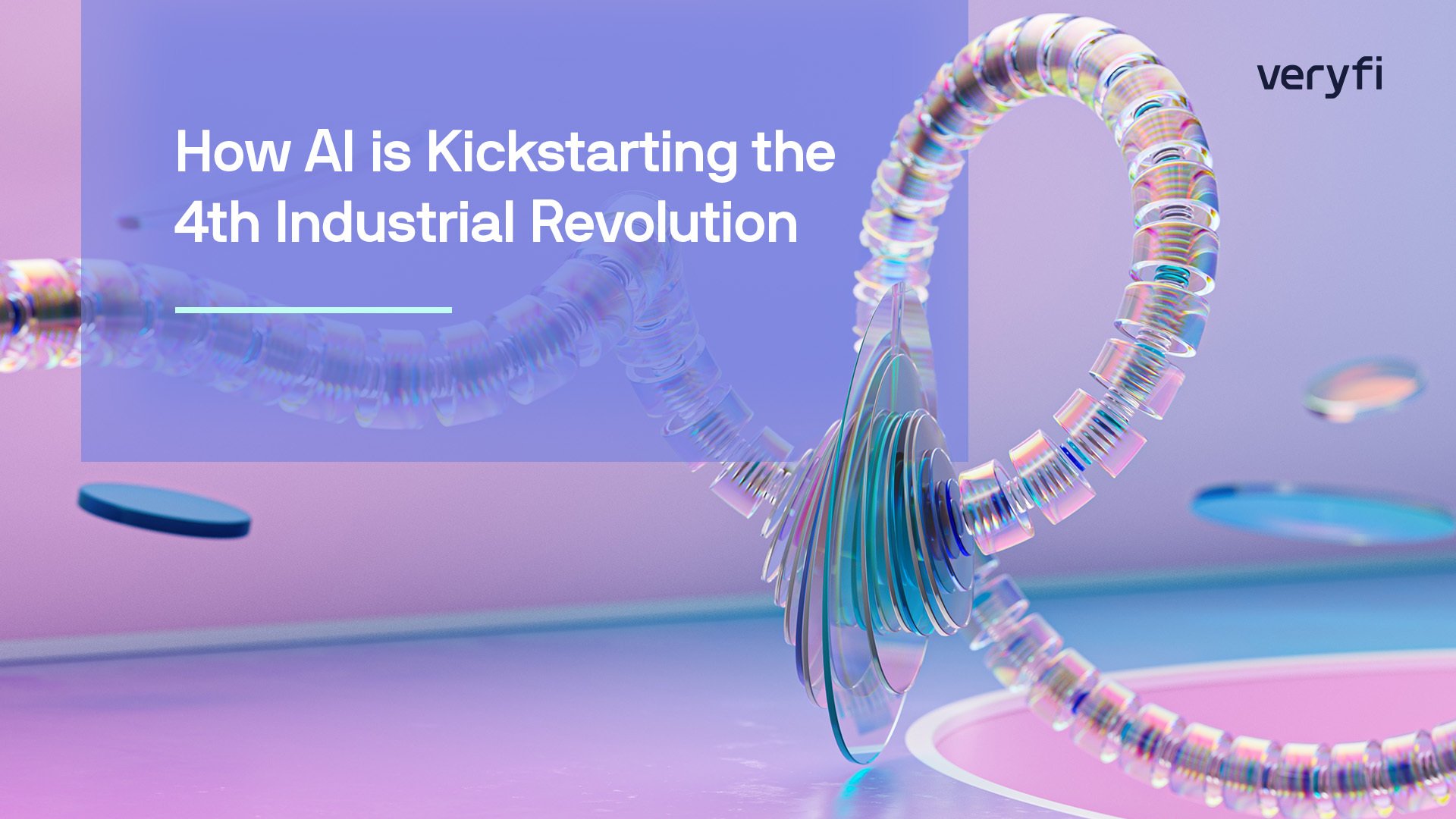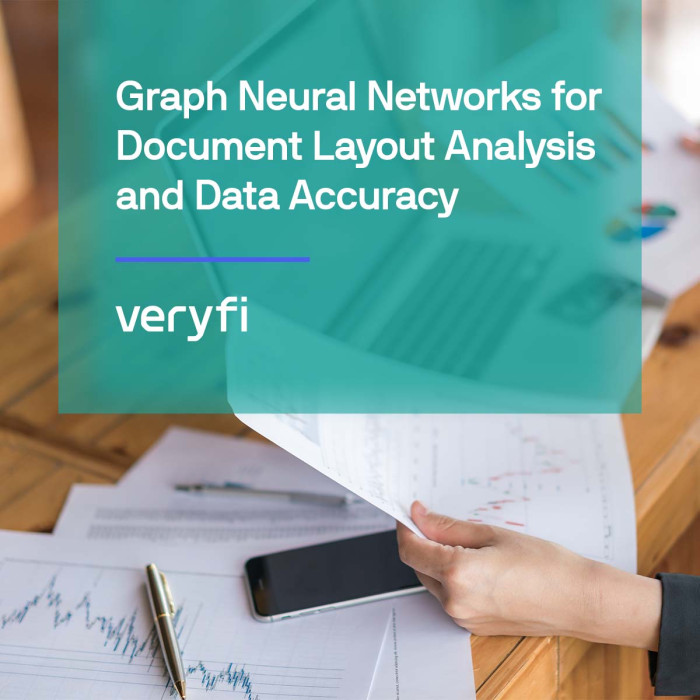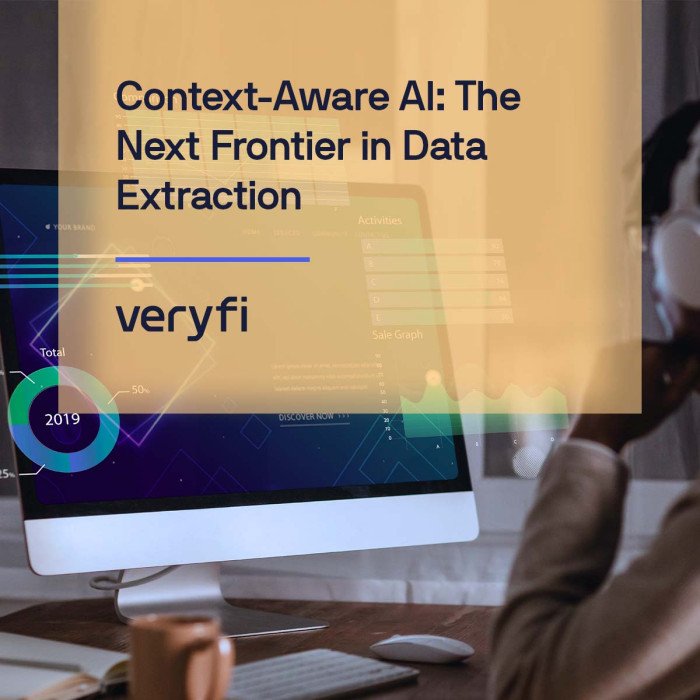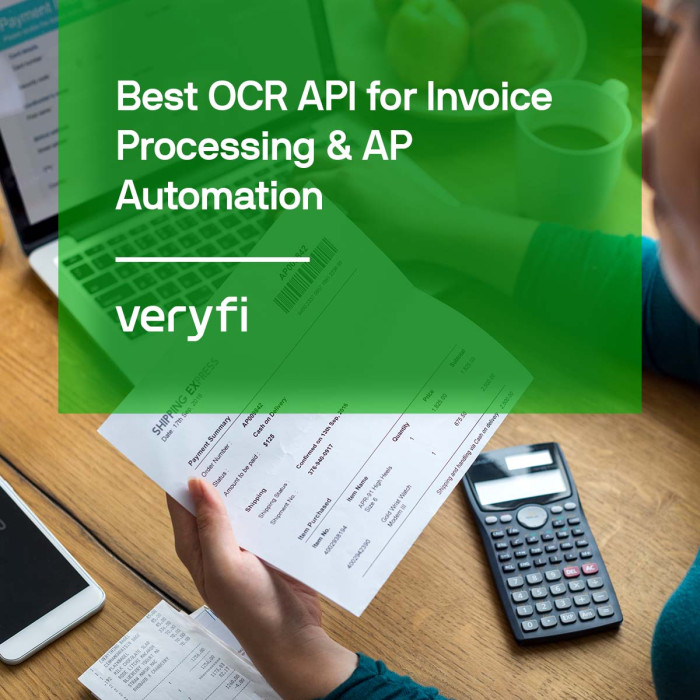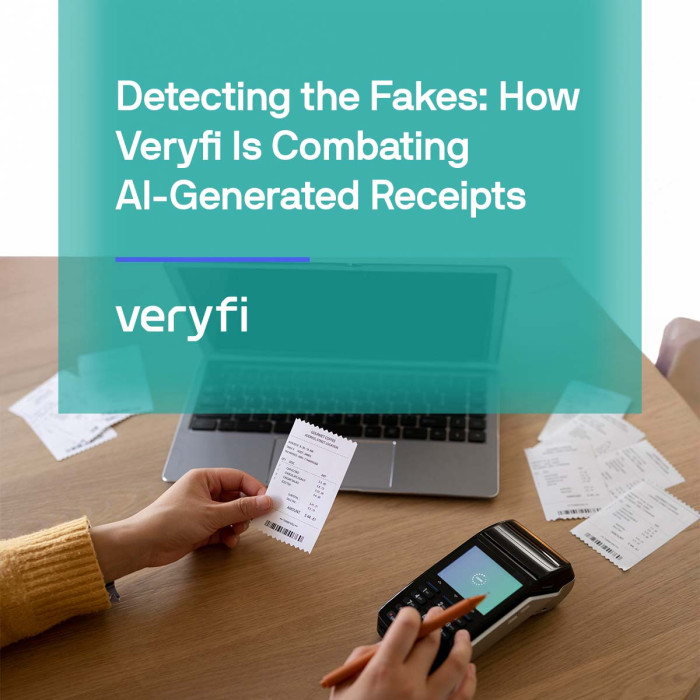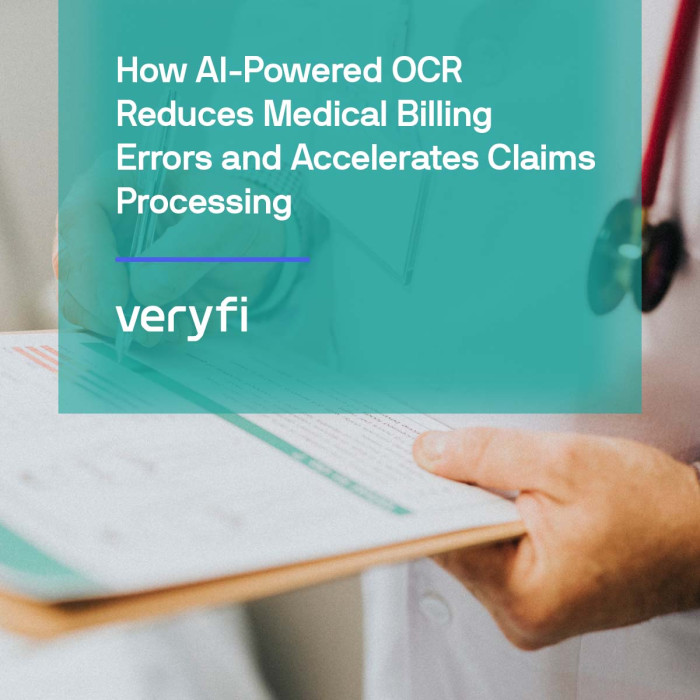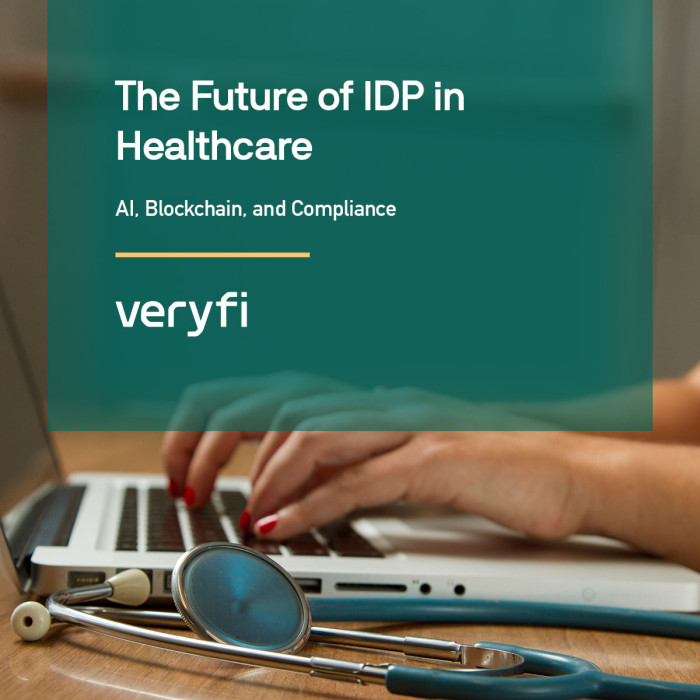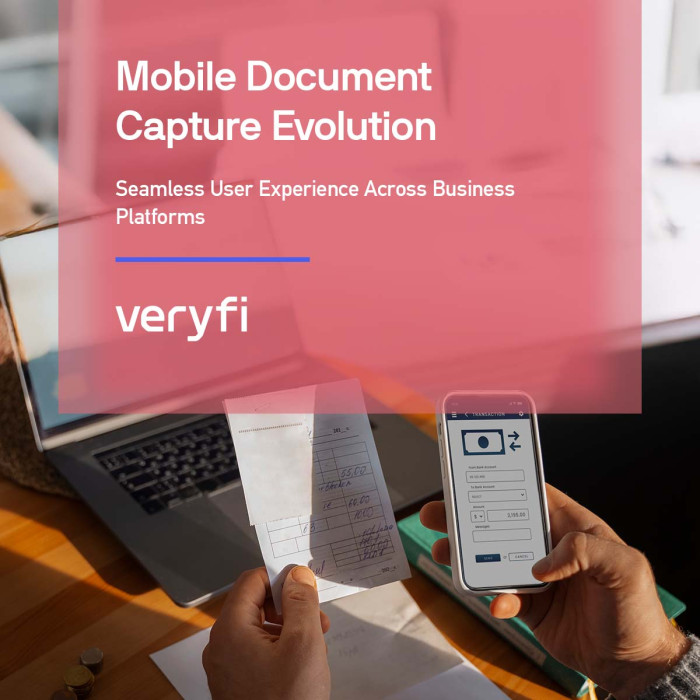The 4th Industrial Revolution (4IR) is upon us, and it’s being powered by artificial intelligence (AI). AI is transforming every industry. It’s creating new efficiencies and opportunities, and pushing boundaries in ways that were once unimaginable. Let’s explore how AI is kickstarting the 4IR, and what it means for the future of work, innovation, and society as a whole.
What is the 4th Industrial Revolution?
The 4IR is characterized by the fusion of technologies. It blurs the lines between the physical, digital, and biological worlds. It’s a revolution that’s built on the foundation of automation, robotics, big data, and the internet of things (IoT). AI is the key technology that’s driving this revolution forward. It allows machines to learn from data and reason. Tasks are now being performed that were previously the exclusive domain of humans.
How AI Impacts the 4th Industrial Revolution
One of the most significant impacts of AI on the 4IR is the creation of new industries and business models. AI is transforming everything from healthcare to finance, retail to manufacturing, and transportation to entertainment. It’s creating new jobs and careers, and transforming existing ones. For example, AI is enabling healthcare professionals to provide personalized treatment plans. Financial analysts can make more informed investment decisions. Logistics managers can optimize supply chain operations. The list goes on!
AI-Fueled Breakthroughs in Technology and Convenience
AI is also driving innovation and productivity in ways that were once unimaginable. It’s processing vast amounts of data in real-time and unlocking insights and knowledge that were previously hidden. This has led to breakthroughs in fields such as medicine, energy, and environmental science. In addition, AI is making our lives easier and more convenient, from smart home assistants to self-driving cars.
Liberating Human Potential With the Power of AI
Veryfi is liberating human potential with the power of AI. Enterprise adoption of AI has more than doubled since 2017, to reduce costs and drive growth through new business models and hyper-personalized consumer experiences. Additionally, Gartner predicts that by 2025, Generative AI will account for 10% of all data produced, up from less than 1% today. As a cornerstone of the data revolution, Veryfi is responsibly guiding humanity into its next chapter as a truly global civilization, liberated from the antiquated pains of manual data entry.
The Potential Impact of AI on the Workforce
With these advancements come concerns about the impact of AI on the workforce. As machines become increasingly capable of performing tasks that were once done by humans, there is a risk that jobs will be lost. The rapid adoption of ChatGPT and similar Generative AI tools and Large Language Models (LLMs) are raising significant concerns about the impact on a variety of jobs. Many experts, however, believe that the benefits of AI will outweigh the costs. AI will create new jobs and careers, and it will make existing jobs more efficient and productive. It will also enable workers to focus on tasks that require creativity, emotional intelligence, and critical thinking, while leaving repetitive and tedious tasks (like manual data entry) to machines.
The Potential Impact of AI on Social Inequality
Another concern about the impact of AI is its potential to exacerbate social inequality. If AI is deployed primarily to benefit the wealthy and powerful, it could widen the gap between the haves and have-nots. There are steps, however, that can be taken to ensure that AI is deployed in a way that benefits everyone. This includes investing in education and training programs to ensure that everyone has the skills to participate in the AI-driven economy, and creating regulations to ensure that AI is used in an ethical and responsible manner.
Using AI to Build a Better Future
By helping enable the convergence of physical, digital, and biological realms, AI is the driving force behind the 4th Industrial Revolution. It’s creating new industries and business models, transforming existing ones, and unlocking new levels of innovation and productivity. While there are concerns about the impact of AI on the workforce and society as a whole, there are steps that can be taken to ensure that AI is deployed in a way that benefits everyone. With the right investments and regulations, we can harness the power of AI to create a better future for all.
If you’d like to see how AI-driven OCR works, check out our free web demo below!
